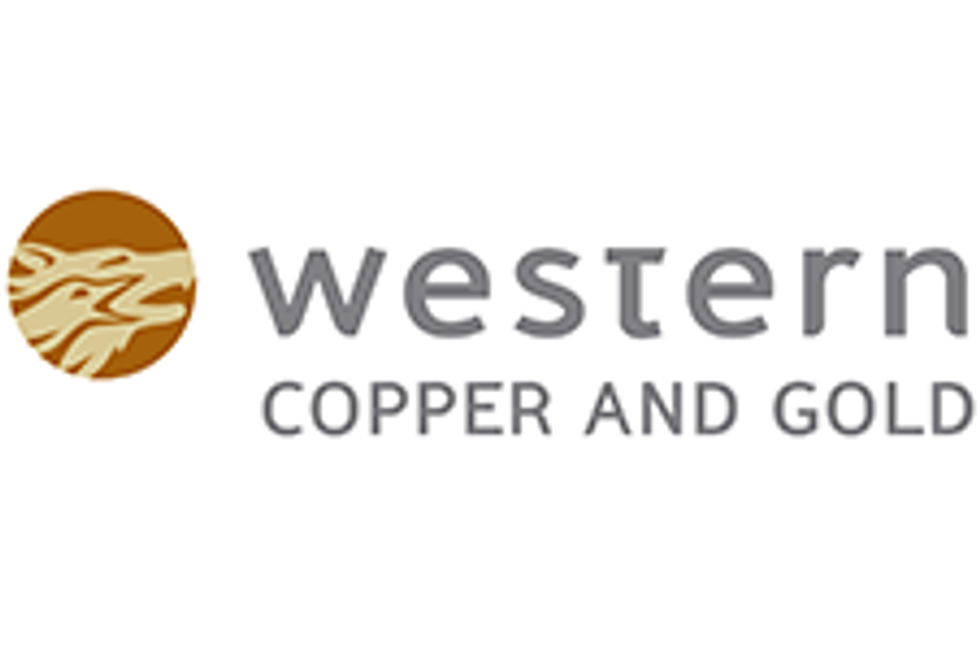- AustraliaNorth AmericaWorld
Investing News NetworkYour trusted source for investing success
Cyclone Metals
Lancaster Resources
Purpose Bitcoin ETF
Element79 Gold Corp.
- Lithium Outlook
- Oil and Gas Outlook
- Gold Outlook Report
- Uranium Outlook
- Rare Earths Outlook
- All Outlook Reports
- Top Generative AI Stocks
- Top EV Stocks
- Biggest AI Companies
- Biggest Blockchain Stocks
- Biggest Cryptocurrency-mining Stocks
- Biggest Cybersecurity Companies
- Biggest Robotics Companies
- Biggest Social Media Companies
- Biggest Technology ETFs
- Artificial Intellgience ETFs
- Robotics ETFs
- Canadian Cryptocurrency ETFs
- Artificial Intelligence Outlook
- EV Outlook
- Cleantech Outlook
- Crypto Outlook
- Tech Outlook
- All Market Outlook Reports
- Cannabis Weekly Round-Up
- Top Alzheimer's Treatment Stocks
- Top Biotech Stocks
- Top Plant-based Food Stocks
- Biggest Cannabis Stocks
- Biggest Pharma Stocks
- Longevity Stocks to Watch
- Psychedelics Stocks to Watch
- Top Cobalt Stocks
- Small Biotech ETFs to Watch
- Top Life Science ETFs
- Biggest Pharmaceutical ETFs
- Life Science Outlook
- Biotech Outlook
- Cannabis Outlook
- Pharma Outlook
- Psychedelics Outlook
- All Market Outlook Reports
China Easing Hopes Boost Copper; Bumpy Road for JP Morgan ETF
Expectations of further Chinese monetary easing, together with strong U.S. housing data, are leading copper prices to gain. JP Morgan’s plan to establish a copper-backed ETF, however, is facing political opposition.
The speculation is that Beijing will cut the reserve ratio requirement for banks as early as this weekend. That would mark the third time in two months that the central bank intervened to rev up China’s economic engine. There is growing expectation too of further public spending plans as part of a broader stimulus package to boost domestic demand. That would increase infrastructure investments which in turn would increase demand for copper and other industrial metals.
Meanwhile, US housing starts for June reaching their highest level in over three years, spurring investors’ appetite for copper. Housing construction rose 6.9 percent to a seasonally adjusted annual rate of 760,000 units, the highest level since October 2008.
In late afternoon trade Thursday, Comex copper for September trade was up 1.45 percent at $3.52 a pound.
The possibility of a copper ETF, however, is facing political pressure. Earlier in the week, Senator Carl Levin (D-Mich) became the first member of Congress to publicly oppose JP Morgan Chase’s plan to establish an exchange-traded fund backed by copper. Levin said it should be stopped as it would be disruptive to the red metal’s physical market.
In a letter to the Securities and Exchange Commission, Levin stated that if the JPM XF Physical Copper Trust trades on the New York Stock Exchange, “there is ample evidence that the proposed ETF will disrupt the market supply of copper by removing from the market a substantial percentage of the copper available for immediate delivery. This supply disruption is likely to affect the cash and futures market for copper, increasing volatility and driving up its price to create a bubble and burst cycle.”
Company news
Freeport-McMoRan (NYSE:FCX) reported consolidated copper sales reached 927 million pounds compared to 1.0 billion pounds during the same period a year ago. For the full year, the company expects copper sales to reach 3.6 billion pounds. The Arizona-based company is assuming copper prices to average $3.50 a pound as it estimates operating cash flow for the year to reach $4.0 billion this year. In the second quarter, the figure reached $1.2 billion.
Ahead of the release of Freeport’s latest results, however, Citigroup lowered its price target for Freeport McMoRan’s amid worries about a continued fall in copper prices. Meanwhile, Nomura Securities maintained its “neutral” position for Freeport-McMoRan. Last month, however, Jeffries kept is “buy” recommendation for the world’s largest publicly traded copper producer and ranked it as the research group’s top pick in North American Metals and Mining, arguing that the current valuation discounts further material weakness in copper.
In Australia, BHP Billiton (ASX:BHP) reported second quarter copper production surging 15 percent from a year ago to 312,500 metric tons, which beat analysts’ expectations, and rose 11 percent from the previous quarter. The company noted a 22 percent increase in copper output at its Escondida mine in Chile, as well as strong output at its Antamina mine in Peru. Production at Escondida is pegged to rise 20 percent in 2013 from the previous year. At the end of the second quarter, BHP had 278,547 tonness of outstanding copper sales revalued at a weighted average price of $3.49 per pound.
Rio Tinto (LSE:RIO), meanwhile said its copper output rose 5 percent on the year to 133,500 metric tons due largely to processing efficiencies and higher copper grades at Escondida, which it jointly owns with BHP.
Subcontractors at Chile’s state-owned Codelco blocked a highway to the Andina mine as they demand better working conditions and equal pay to Codelco workers. Codelco said, however, that the dispute has not affected production. There is concern though that workers may continue to strike should their demands not be met.
Junior company news
Vancouver-based Tintina Resources (OTC Pink:TINTF) executive chairman Rick Van Nieuwenhuyse said that the Johnny Lee copper deposit at the company’s Black Butte project in central Montana “has excellent exploration potential,” adding that following the preliminary economic assessment, the company will begin feasibility level work in the coming months. The site has estimated startup capital of $210.4 million including a 21 percent contingency of $30 million with estimated sustaining capital of $62.1 million over a 14-year mine life. Tintina has a base case long-term copper price of $2.97 a pound.
Dia Bras Exploration (TSXV:DIB) reported second quarter copper production reaching a record 4.1 million pounds compared to 800,000 pounds during the same period a year ago. The Toronto-based company said that the production surge was a result of consolidating its operations in Peru and Mexico. Dia Bras acquired Sociedad Minera Corona in May 2011, while production began at its Bolivar mine in Mexico, leading to greater metal output. Its Yauricocha mine in Peru remained Dia Bras’s largest producing mine.
West Cirque Resources (TSXV:WCQ) discovered a new copper oxide mineralization zone at its Tanzilla property near British Columbia’s Dease Lake. Mineralization is hosted by red and green volcaniclastic rocks, and West Cirque reported that volcanic hosted copper oxide mineralization is a new style of mineralization previously unknown at Tanzilla.
Meanwhile, International Enexco (TSXV:IEC) reported that drilling at its Contact copper project in northern Nevada added over 3,000 feet of strike length to the identified copper oxide mineralization, which now extends over 7,250 feet.
Securities Disclosure: I, Shihoko Goto, hold no direct investment interest in any company mentioned in this article.
Outlook Reports
Featured Base Metals Investing Stocks
Browse Companies
MARKETS
COMMODITIES
| Commodities | |||
|---|---|---|---|
| Gold | 2386.66 | +4.87 | |
| Silver | 28.81 | -0.08 | |
| Copper | 4.35 | -0.03 | |
| Oil | 85.86 | +0.45 | |
| Heating Oil | 2.67 | +0.01 | |
| Natural Gas | 1.69 | 0.00 | |
Investing News Network websites or approved third-party tools use cookies. Please refer to the cookie policy for collected data, privacy and GDPR compliance. By continuing to browse the site, you agree to our use of cookies.






